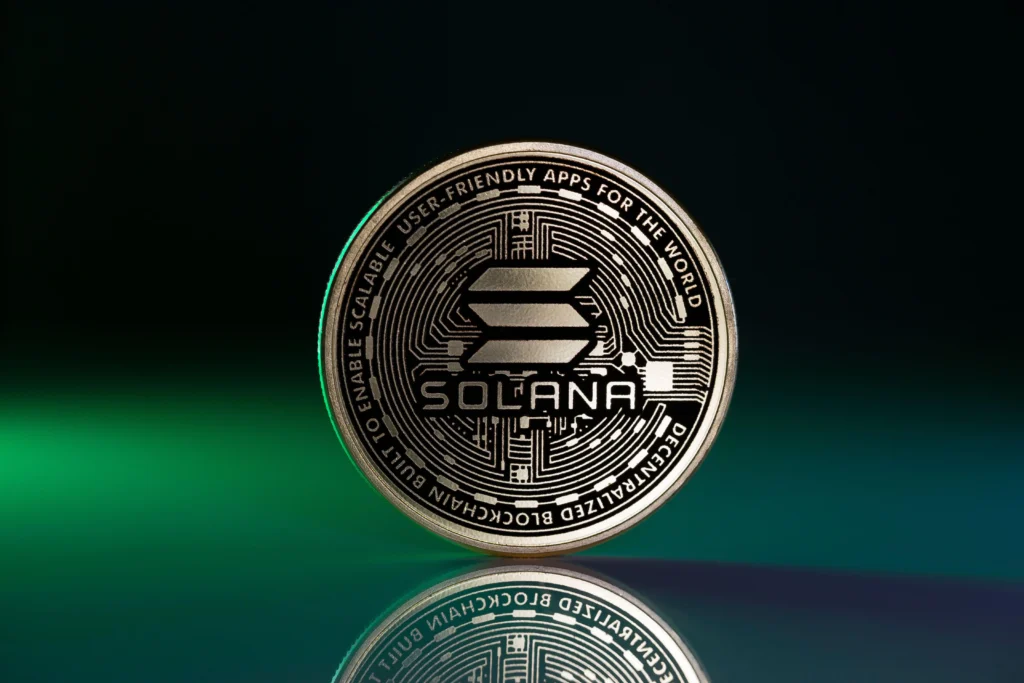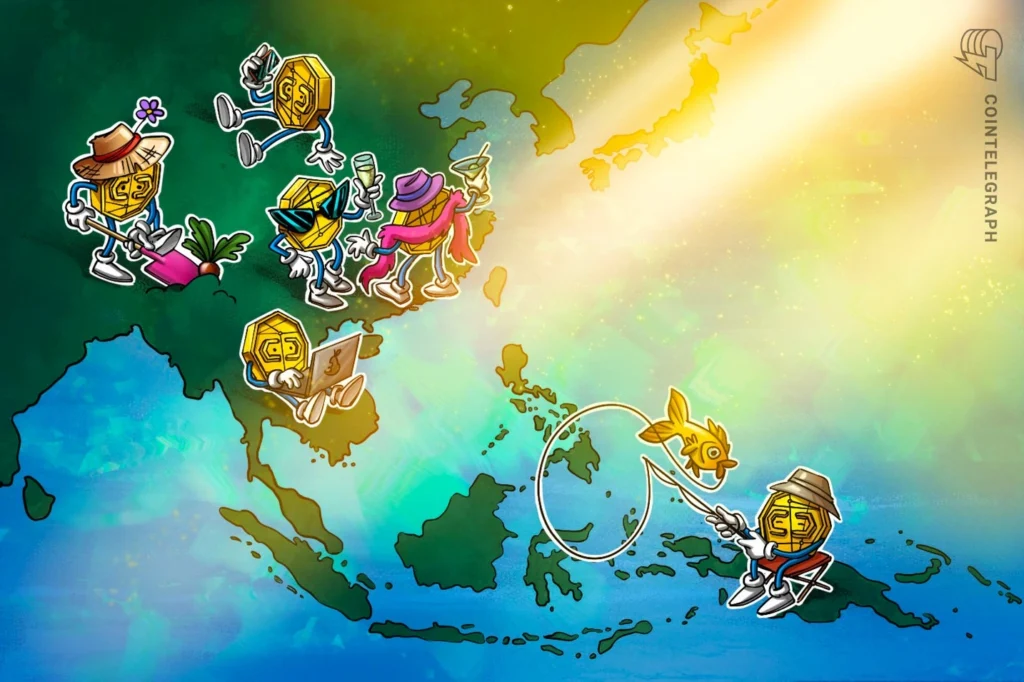Introduction: Assessing Web3 Southeast Asia from an Infrastructure Perspective
Web3 is often talked about in buzzwords, but beneath the surface lies a complex technological shift—one that Southeast Asia is uniquely positioned to engage with. This region’s infrastructure, digital culture, and socio-economic environment align remarkably well with decentralized technologies.
In this breakdown, we explore the technical foundation and strategic enablers for Web3 growth across Southeast Asia. From connectivity layers to real-world use cases, we look at why Web3 Southeast Asia could evolve into a decentralized ecosystem leader.
Web3 Southeast Asia: Mobile-First but Uneven

Southeast Asia’s tech ecosystem is defined by mobile-first behavior. Over 90% of internet users in markets like Indonesia, Thailand, and Vietnam access the web via smartphones. However, fixed broadband infrastructure and electricity reliability remain uneven, especially in rural areas.
Implications for Web3:
- Mobile-optimized DApps are essential.
- Lightweight blockchain protocols (e.g., Solana Mobile, Polygon Edge) have greater deployment potential than resource-intensive chains.
- Offline-capable wallets and hybrid storage solutions (like IPFS + local caching) are likely to see higher adoption.
Web3 Southeast Asia: Underbanked, Over-connected

Over 70% of adults in the region are unbanked or underbanked, but mobile wallet adoption is booming—think GCash in the Philippines, GoPay in Indonesia. This paradox of high digital engagement and limited traditional access makes the region a testing ground for decentralized finance (DeFi).
Key Infrastructure Notes:
- Fiat-to-crypto onramps are growing, with regional exchanges like PDAX (PH), Indodax (ID), and Bitkub (TH) gaining trust.
- Stablecoin penetration is rising as remittance alternatives (e.g., USDT and USDC on low-fee chains).
- Regulatory sandboxes allow for pilot projects in DeFi lending, NFT trading, and DAO governance.
Identity and Data Layers: Fragmentation and Opportunity

A core Web3 feature is self-sovereign identity (SSI), something that aligns with Southeast Asia’s fragmented national ID systems. In several countries, large populations lack legal documentation—creating barriers for government aid, loans, and healthcare.
Web3 Relevance:
- Blockchain-backed digital identity projects are under development (e.g., Metamask-integrated KYC systems in Vietnam).
- Decentralized identifiers (DIDs) could allow seamless access to healthcare, voting, and microloans.
- SSI protocols like Civic or Polygon ID may see pilot deployments for public services.
Cultural Tech Stack: Gaming, NFTs & DAO Experiments


Culturally, the region is receptive to gamified and visual-first interfaces. The Philippines led the global play-to-earn (P2E) trend with Axie Infinity, and NFT trading volumes in Vietnam and Thailand are rising fast.
On-Chain Activity Trends:
- NFT minting and resale are driving digital creator economies.
- DAO formations are emerging for cooperative businesses—like farming co-ops and art collectives.
- Educational platforms like Web3PH and BlockchainSpace are fostering native developer ecosystems.
Regulatory Architecture: Varying Maturity Across the Region

Not every country is moving at the same pace. Singapore leads with its Payment Services Act and support for digital asset licensing. Others are in earlier stages, with some still labeling crypto as “high risk.”
Regulatory Highlights:
| Country | Status | Key Feature |
|---|---|---|
| Singapore | Advanced | Licensing regime, blockchain hubs |
| Indonesia | Developing | Commodity classification, futures exchange |
| Philippines | Progressive | Central bank sandbox, rural remittance pilots |
| Vietnam | Exploratory | No formal legal stance yet |
Interoperability and regional regulatory harmonization will be crucial for scaling cross-border Web3 services.
Bottlenecks and Technical Challenges

Web3’s success hinges on more than enthusiasm—it needs secure, reliable systems. Here are the challenges holding Southeast Asia back:
- Low crypto literacy: User education on wallet security and smart contract risk is limited.
- Fraud exposure: P2E and ICO scams have eroded public trust in some markets.
- Developer shortages: There’s a growing demand for local blockchain engineers, but talent is scarce.
Overcoming these will require joint investment in education, infrastructure, and open-source tooling.
Final Assessment: Why Web3 Southeast Asia Is Worth Watching

From a technical and strategic lens, Web3 Southeast Asia is more than a buzzword—it’s a layered opportunity.
The synergy between mobile-first populations, underbanked users, and decentralized infrastructure creates fertile ground for scalable innovation. Add in cultural compatibility, growing developer communities, and regulatory experimentation, and you’ve got a region ready to shape the next era of the internet.
As protocols become lighter and user flows become simpler, don’t be surprised if Web3 Southeast Asia moves from experimentation to global leadership in less than a decade.
Relevent news: Here



